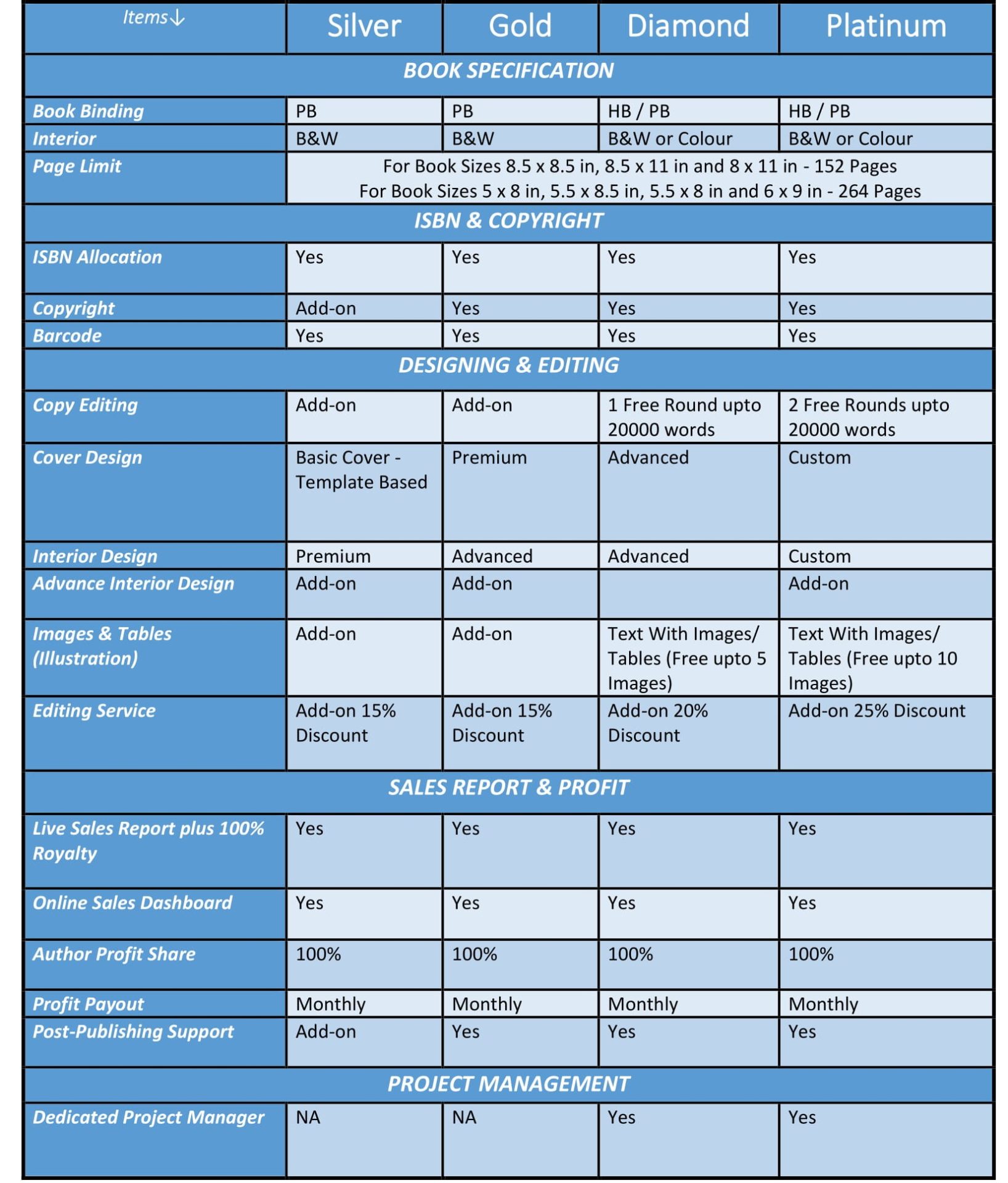So, you have a mind-boggling story. Great! But you don’t know anything about book writing? Well, I must say you are in the right spot.
Read further to gather the best tips and tricks for writing a book creatively and efficiently.

Research on your Book Genre:
Look at the trends that are active in your genre, the kind of liking that majority of readers have, and the most common or bestselling books currently in the market for your genre.
Read books in the preferred genre and try to identify the writing methods that intrigue you into reading more or make the book seem interesting. Find the right balance in vocabulary that your readers want.
A perfect balance would prevent the readers to google words now and then, and at the same time not make it sound like the use of just common words and no innovation.
Learn more on this, here.

Define your Characters:
Work on the characters in your book, individually. See how you want to frame them, what traits you want to infuse in them, and how the characters affect the plot.
Make a list of character development and define each of your characters in the way you want them to be.
Also, there are characters with different levels of involvement in your story, so don’t waste time in over-developing a character that does not have much involvement in the story.
Similarly, to under-develop a crucial character in the story would be an issue as well. Depending on their role and participation in the storyline, define the characters to the limit suitable enough
To learn more about characterization, visit this page.

Create a Timeline:
This includes everything in the “Start-middle-End” division. You can create your timeline in multiple ways.
You can base it off on the inflow and outflow of characters, or you can segment the flow into various chapters or scenic placements.
Mark out the changes in emotion that take place in the flow. A well-thought-out flow of work of the story would help you reduce unnecessary hassle and also allow you to set timely milestones to accomplish.
To know more about creating a timeline, read this.

Stick with “Reader’s View” while book writing:
Always make your work orient towards the liking of the readers, what intrigues them, keeps them entertained and interested to explore more in the storyline. The main aim could be leaving the readers wanting more of your work.
To explain this, let’s look at an example. Suppose you have a part in your book that you feel may not interest your readers too much, but it’s a crucial part in the development of the plot. It’s not advisable to skip the piece immediately, but try to put it in a way that it still has an “I want to read it further” vibe to it.
Nobody likes the protagonist dying in the mid of the story, but that makes them wonder what the rest of the story unfolds.
Will there be a return of the character or possibly a timeline shift or whatever you have planned for the readers’ surprise.
The desire to keep reading must not be stifled at any time during the story, otherwise, your audience may lose interest even in your future works.
Remember, the amount of good consumable content you give to your readers directly affects your presence in the particular genre.

Set up a proper Work Schedule for Book Writing:
Like other professions, writing also requires a set of disciplined protocols to be followed. Your surroundings and the time you spend on your book can be seen vastly in the quality of your work.
Look for a more comfortable and soothing writing space for you to think and write your work. Like conventional writers, can write even in a coffee shop these days.
They seem to have a high level of comfort in that space despite being noisy or disturbing sometimes. See what suits your best and pick that space to write your book.
Also, make deadlines for yourself. This could be based on minimum word limits or ending a specific scene over a pre-decided period of time.
Keeping a daily milestone of writing would help you in being consistent towards your work and finishing it around the time you want it to.
To know more about making a writing schedule, visit here.

Start-off with an Inciting and Thrilling Opener for the book:
To commence, you’ll need an initial hook that attracts the reader’s attention and makes them unwilling to look away. Starting a narrative is one of the most critical aspects of writing a book!
It’s no exaggeration to state that the first few pages of a book can make or break it.
To learn more on trends regarding openers these days, click here.

Use Book Writing Software:
A writing software would ease your work and help you frame your work in a better way. Some of the most effective writing software are listed below :
- Scrivener – Scrivener is the go-to tool for all types of authors, with best-selling authors, screenwriters, non-fiction authors, students, professors, attorneys, journalists, translators, and more using it every day. Scrivener won’t tell you how to write; instead, it’ll give you everything you need to get started and stay going.
- Google Docs – Google Docs adds life to your papers with clever editing and style tools that make it simple to format text and paragraphs. Add links, pictures, and drawings, and choose from hundreds of typefaces. It’s all free.
- Milanote – The great majority of writing software is designed to work with a linear manuscript. However, most people do not write linearly. Because thinking isn’t a straight line. Writing is the process of organizing a tangle of thoughts into a coherent whole. Milanote’s writing app is designed to work with the way authors think.
- ProWritingAid – ProWritingAid is the only platform that combines top-notch grammar and style checking with more detailed reports to help you improve your writing. The unique combination of ideas, articles, videos, and quizzes makes writing more entertaining and engaging.
- FocusWriter – FocusWriter is a simple writing environment that is free of distractions. It employs a hide-away interface that you access by moving your mouse to the screen’s boundaries, allowing the application to maintain a familiar look and feel while remaining out of the way so you can focus on your job. It is available for both Linux and Windows, and it has been translated into several languages.
To explore more book writing tools, click here.
With that said, you’re pretty much equipped to start writing your masterpiece. Just be patient and trust the process.
Contrastingly, if you’ve finished and want to get your work published, contact us or visit Ink Your Thought.
Follow us on:







